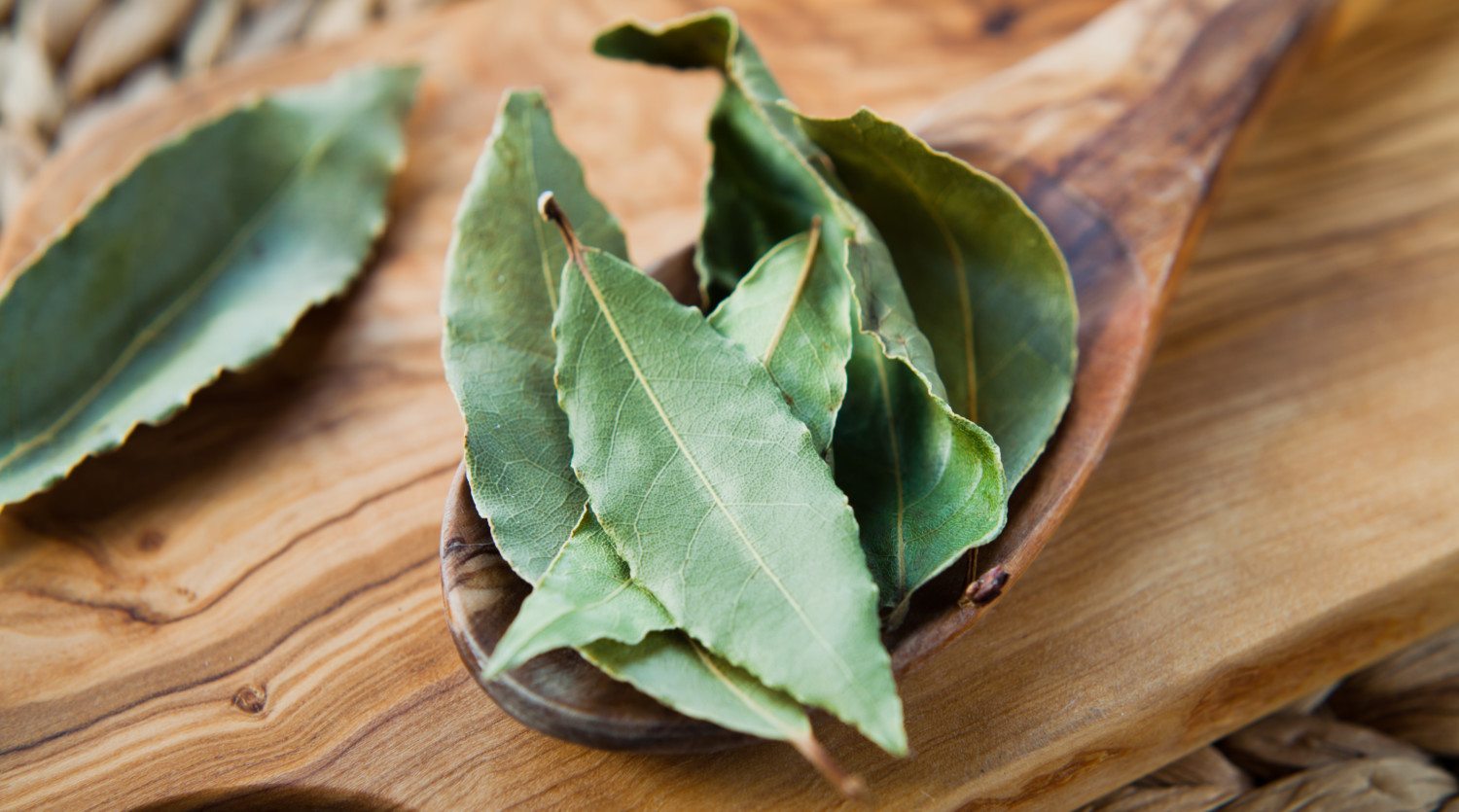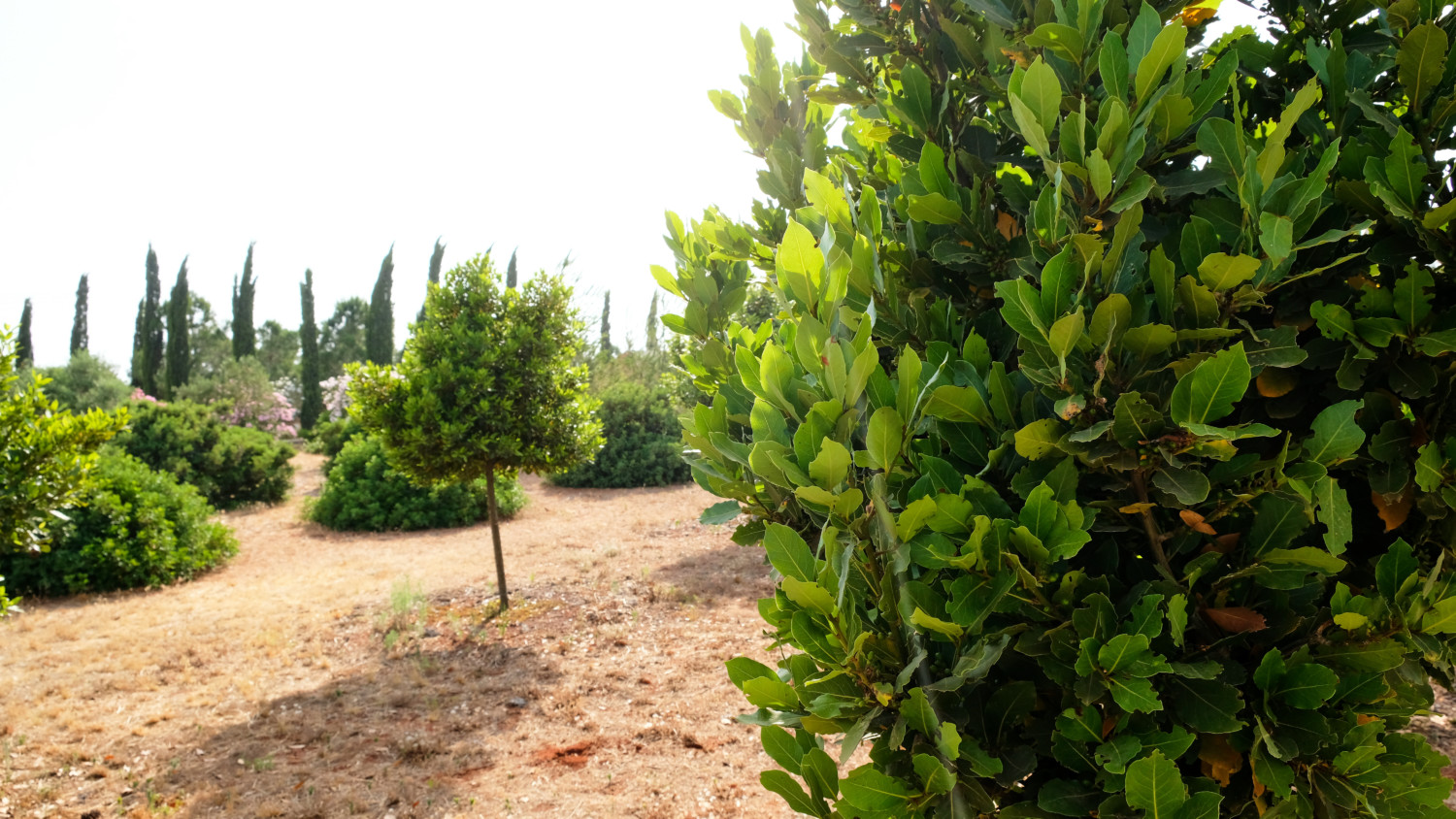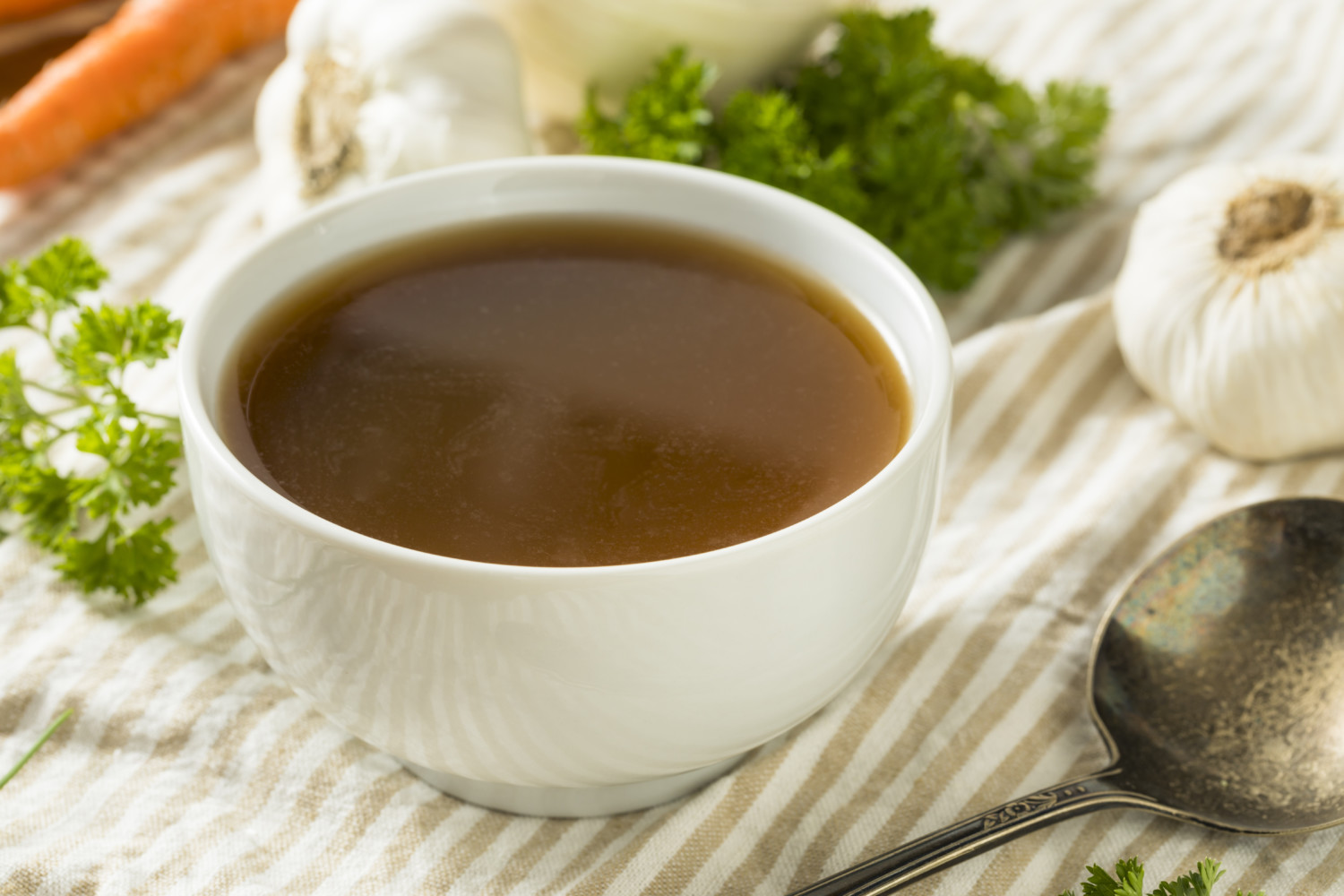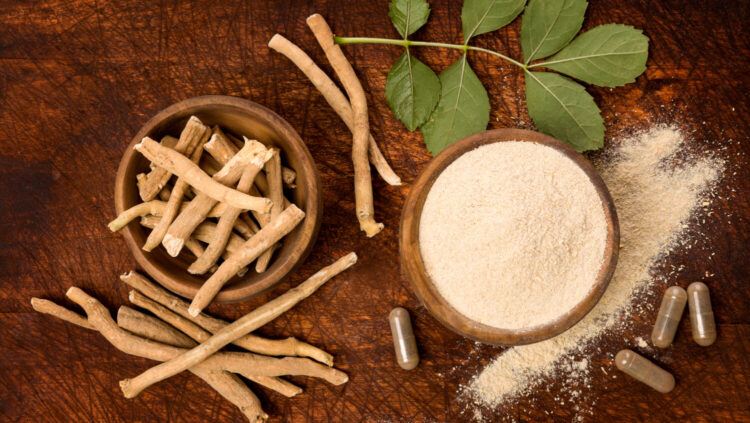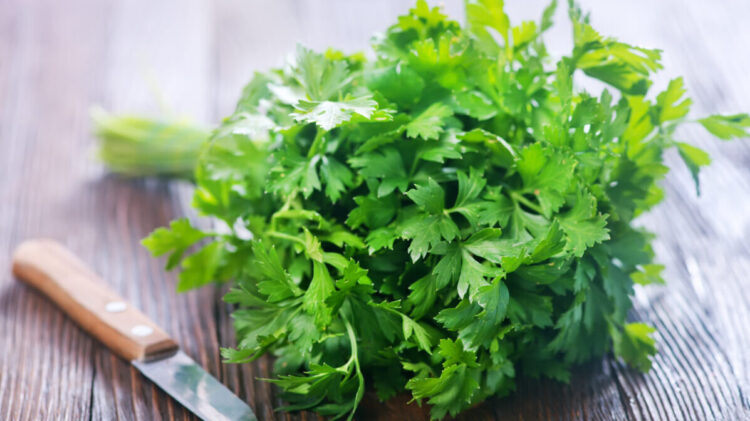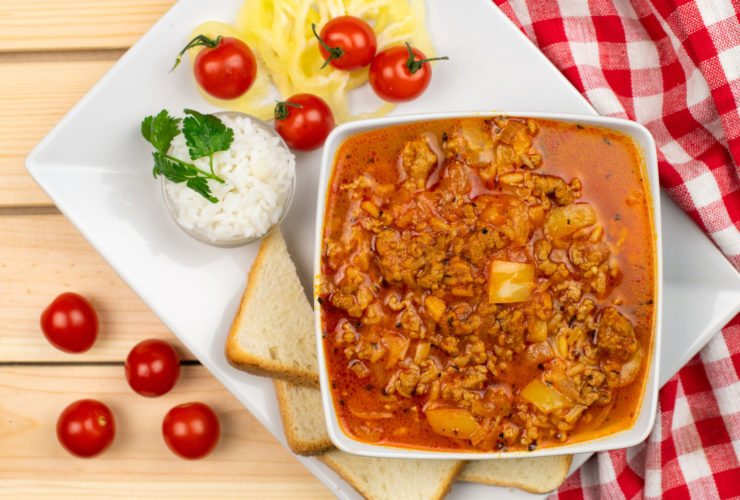Why recipes call for bay leaves even though they have no taste or smell
When seasoning a dish before popping it in the oven, you might not think about the plants the herbs and spices came from. One time you might is when using bay leaves. It’s one thing to sprinkle food with oregano or thyme, but sticking an entire leaf into a pot as it simmers might seem odd.
While it is not common to eat them whole, tucking the aromatic leaves into food while cooking is popular. Bay leaves come from an evergreen plant called a bay laurel, which grows in warm climates. Bay leaves have been grown around the world for centuries and used as a seasoning as well as essential oil and in traditional medicine applications for thousands of years.
But bay leaves have taken some heat in recent years.
In a story entitled “The Vast Bay Leave Conspiracy” at the Awl, writer Kelly Conaboy laid into the tough little leaf that appears in so many recipes.
“What does a bay leaf taste like? Nothing. What does a bay leaf smell like? Nothing. What does a bay leaf look like? A leaf. How does a bay leaf behave? It behaves as a leaf would, if you took a leaf from the tree outside of your apartment building and put it into your soup,” Conaboy wrote.
MyRecipes senior editor Darcy Lenz told a writer there that this leaf’s flavor additions are subtle.
“I know there are a lot of people in the food world who have deemed them useless, but while they’re not going to be the outstanding flavor highlight of your dish, I wouldn’t cast them aside as useless either,” Lenz said. “Bay leaves don’t hit you over the head with intense aromatic flavor presence, but if they’re included in a slow-simmering soup, stew or braise, they do add a subtle flavor layer that’s going to lend a little more depth to whatever you’re cooking.”
Cooking With Bay Leaves
Other chefs agree with Lenz that bay leaves are best in slow, simmered recipes such as broth, sauces and stews. You can also use them when smoking and grilling meats or vegetables.
If you find a bay leaf in your meal, you should remove it rather than try to eat it. This is not because they are toxic to humans, but rather because the tough, leathery leaves are difficult to swallow and could even damage your esophagus or intestines.
Potential Health Benefits And Considerations
As mentioned, people have historically used the leaves for medicinal purposes. Promising studies show that bay leaf extracts and capsules might help fight diseases such as cancer and diabetes and treat ailments such as kidney stones or seizure disorders.
However, before anyone attempts to self-treat with the herb, they should consult with their primary care provider. Bay leaves could interfere with blood sugar control and interact with certain medications.
Storing Bay Leaves
Fresh bay leaves provide the most flavor, but use them up quickly as they will only last about a week in a sealed container in the refrigerator. Dried leaves stored in a tightly sealed package can stay good for years when kept in a cool, dark spot.


